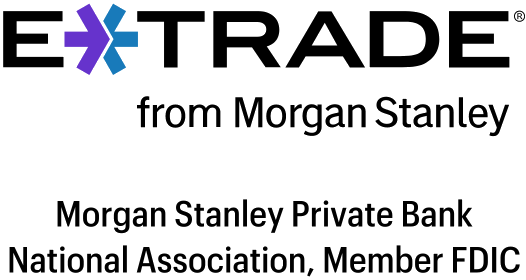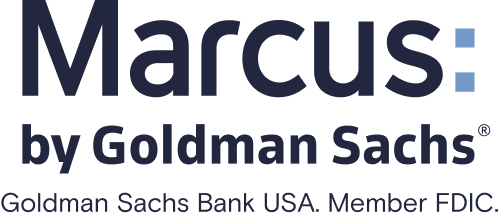What Is APY? Annual Percentage Yield Definition and How It’s Calculated
An annual percentage yield, or APY, is the rate of return on money in a bank account.

Many, or all, of the products featured on this page are from our advertising partners who compensate us when you take certain actions on our website or click to take an action on their website. However, this does not influence our evaluations. Our opinions are our own. Here is a list of our partners and here's how we make money.
Annual percentage yield, or APY, is a percentage that reflects the amount of money, or interest, you earn on money in a bank account over one year.
APY includes compound interest.
Some of the best savings rates are around 4% APY or higher.
You can use a compound interest calculator to quickly see what you’ll earn with a given APY.
APY is short for "annual percentage yield," which is the interest you earn by putting your money into an account. Almost all savings accounts, and some checking accounts, have an APY. The higher it is, the faster your money will grow in the account if you don’t withdraw.
APY is an important term to know for anyone focused on earning a return on their money.
What does APY mean?
APY refers to the amount of money, or interest, you earn on a bank account over one year. There are two types of interest that people often refer to and they can be confused for one another: simple interest and compound interest.
Simple interest doesn't build on itself, so you earn the same amount of interest every period.
Compound interest is the interest earned on both the money you put into the account and the interest you receive over time.
APY includes compound interest. And interest can be compounded daily, monthly or annually, depending on the account.
» Learn more about APY vs. interest rate
The higher a savings account’s APY, the more you’ll earn on your money over time, especially as the interest compounds. Many online banks offer APYs around 4% and higher on high-yield savings accounts and certificates of deposit. The national savings average is just 0.39%.
Online banks tend to offer higher APYs because they don’t have to operate branches. This allows them to save on overhead operational costs and pass on the savings to customers. If you’re looking for a high APY, check out online banks first.
If you're willing to lock away some of your savings for a set period of time, consider a certificate of deposit, or CD. These accounts lock in an APY that can sometimes be higher than some high-yield savings accounts in exchange for leaving your money deposited for a certain time, such as several months or years. (See NerdWallet’s list of the best CD rates.)
Forbright Bank Growth Savings

4.00%
$0

Member FDIC
Varo Savings Account

5.00%
$0
E*TRADE Premium Savings

3.50%
$0
What is a good APY?
Some of the best savings rates are around 4% APY or higher. The national average savings rate is significantly lower at well under 1%.
How to calculate APY
You can use a formula to manually calculate APY if you know your account’s interest rate:
APY = (1 + r/n)^n – 1
In which:
r = interest rate n = number of compounding periods (if interest is compounded monthly, this would be 12)
Your bank or credit union can also provide you with your APY.
If you know your APY, you can quickly see what you’ll earn in a certain period of time with our compound interest calculator. You can simply plug in your starting balance, the amount you’d add each month, the amount of time, and the APY.
APR vs. APY: What’s the difference?
Generally, APY refers to interest you’ll earn, and APR refers to interest you’ll pay.
APY is the percentage rate of the total amount of interest earned on a deposit account or an investment, based on the interest rate and the compounding frequency for one year.
APR (annual percentage rate) is the percentage rate reflecting the cost of credit for a year, that is, what you pay each year to borrow money. This cost is usually divided by 12 to reflect monthly interest payments.
Look for deposit accounts with high APYs to earn more interest on your money, and look for low APRs when it comes to loans, credit cards and other borrowed money. (Read more about APRs and personal loans.)
How does compound interest work?
Compounding occurs in a set period, usually daily or monthly. Interest compounded daily leads to more money than interest compounded monthly.
The difference is generally too small to worry about unless you’re dealing with large amounts, but every little bit adds up. For example, in one year, $100,000 in an account with a 2% APY earns $2,020.08 when interest is compounded daily, $2,018.44 when interest is compounded monthly and $2,000 when interest is compounded annually. (Read more in our compound interest explainer.)
When shopping around for a new savings account or CD, finding a high APY should be a priority. The higher the rate, the faster your cash will grow. And you may want to check how frequently that rate is compounded — some accounts will help you earn just that little bit more because they compound daily rather than monthly.
» How much could you earn annually? See the interest you’d earn on $100, $1K or $10K
Is APY variable?
That depends on the type of savings account you have. If you have a regular savings account, your APY is variable, meaning your bank or credit union may increase or decrease the APYs it offers based on market conditions. If you have a CD, the rate you have when you sign up and add funds will be locked in throughout your term. But if you open another CD later, you may receive a different rate.
When the Federal Reserve changes its benchmark interest rate, the APYs on savings accounts and new CDs tend to change as well in tandem with the Fed rate. When the Fed rate decreases, for example, APYs on deposit accounts tend to decrease as well.
Online banks generally offer the best available APYs regardless of the benchmark rate.
» Checking, savings and CD accounts with strong rates: Check out our favorite high-interest accounts















